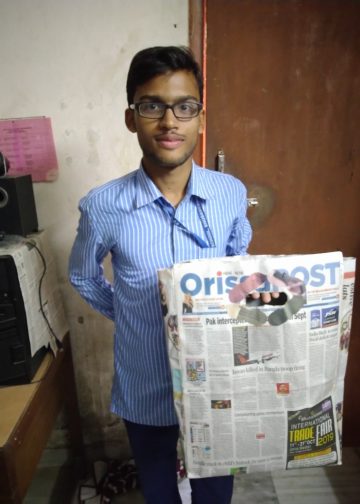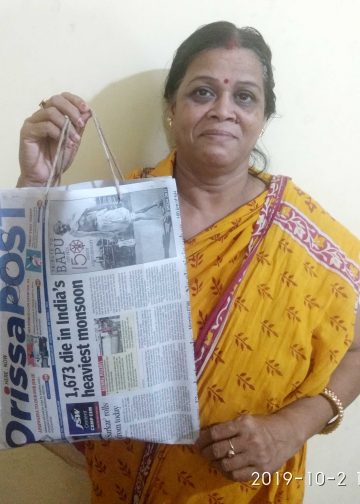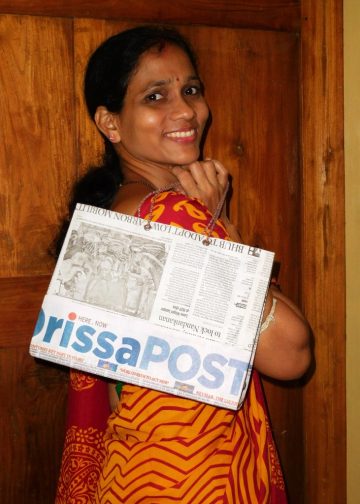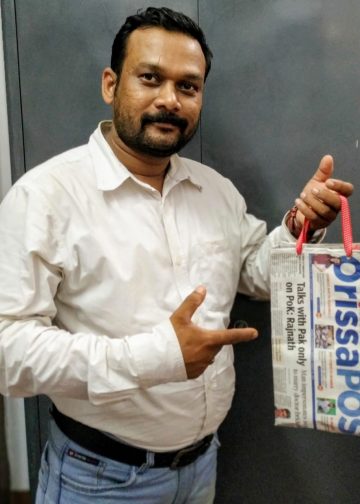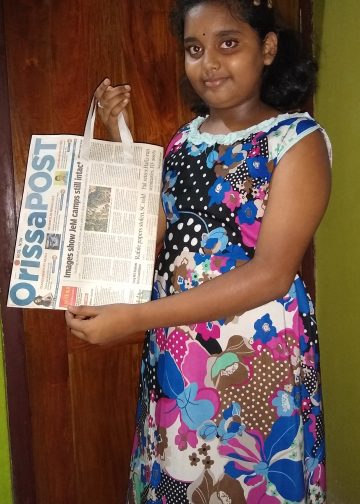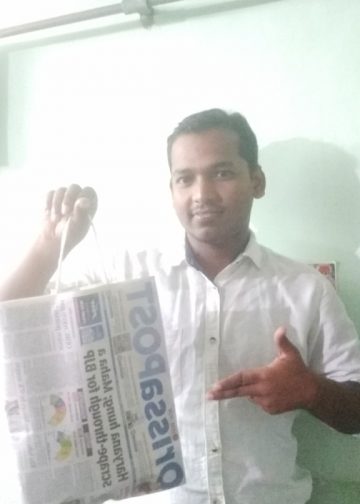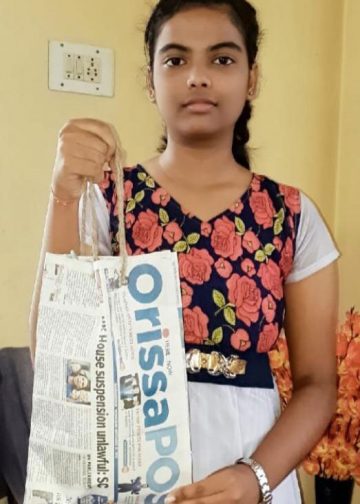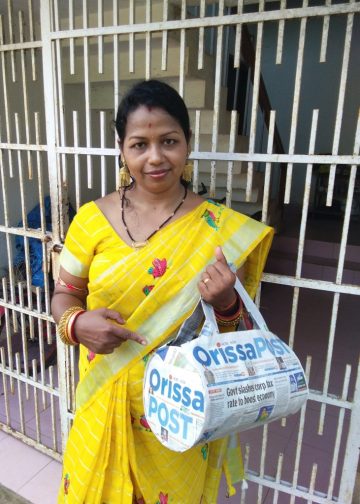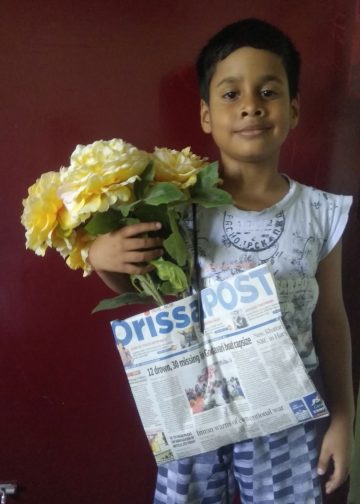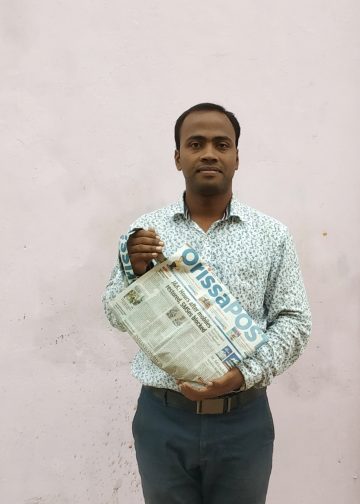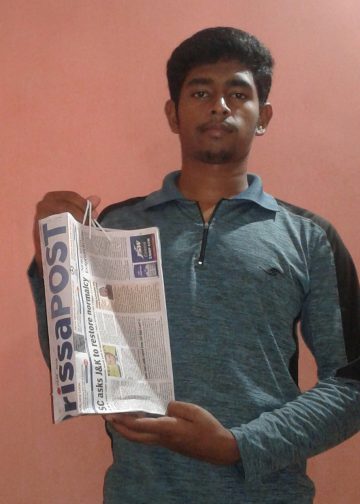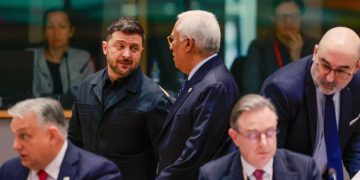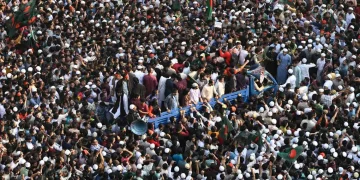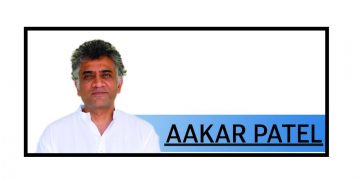Papadahandi: Every year, villagers of Papadahandi come together to pay tribute to 19 freedom fighters gunned down by British police forces on the Turi riverbank August 24, 1942 – a massacre that would later come to be known as the Jallianwala Bagh of Orissa.
Harekrushna Mahatab and Radhakrushna Biswasray – the latter was better known as Koraputia Gandhi (Mahatma Gandhi of Koraput) – from Orissa went to attend a meeting in Bombay in 1942 after being invited by Mahatma Gandhi. The proposal of launching a Quit India Movement was discussed at the meeting. Biswasray returned to Orissa and got together Radhamohan Sahoo of Jeypore, Laxmichandra Das of Nabarangpur and Biswanath Patnaik of Kujendri of Koraput district to execute the movement in the state.
Laxmi Das called a meeting with Sadashiv Tripathy, Mohammad Baazi, Simanchal Behera, Annaji Rao and Jagannath Tripathy at Baazi’s home, and later circulated hundreds of leaflets amongst freedom fighters of the district.
August 14, 1942, Madhab Pradhani, a local leader convened a meeting of the freedom fighters. After two days of that meeting, another meeting was held at Patraput and a decision was taken to demolish the bridge at Chikili. Accordingly, about 200 tribal patriots of Patraput, Badakumuli, Sanakumuli, Tanda, Urdi and Phulabasini villages under the leadership of Pradhani dismantled a wooden bridge at Chikili. British police registered cases against them. Similarly, over 700 members under tribal revolutionary Sanu Majhi demolished the bridge at Jatabala.
August 24, more than 500 freedom fighters assembled at Baghasiuni village and marched towards Papadahandi to pull down a bridge across River Turi.
Sanu Majhi with his 700 followers joined them on the way. On being alerted about the proposed rally by the freedom fighters, circle inspector Ramakrushna Rao of Nabarangpur police station with the help of Jeypore reserve police force and forest officials tried to stop them. The police blocked the bridge with a large cannon to check the advance of the revolutionaries. However, the freedom fighters tried to forcibly cross the bridge.
Mistaking it as an attack by the freedom fighters on the police force, the officer-in-charge at the site ordered his men to fire at the revolutionaries. Eleven tribals died on the spot and eight others succumbed at Nabarangpur hospital. Hundreds of members jumped into the river out of fear.
More than a hundred people were physically disabled after sustaining injuries in the incident. The police arrested 140 nationalists and booked them. The incident sparked outrage and several youths in the state joined the freedom struggle following the massacre.
Sahid Minar, a martyrs’ memorial, was set up on the banks of River Turi as a symbol of the sacrifice of the local revolutionaries August 24, 1984. PNN






